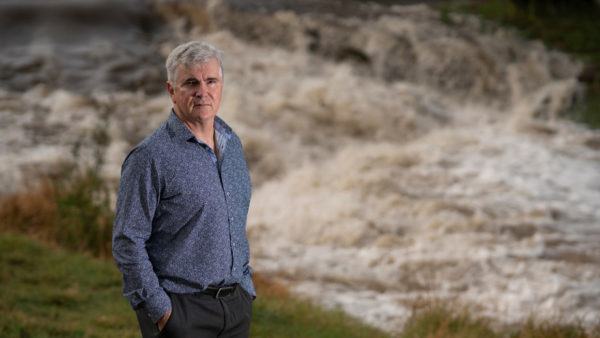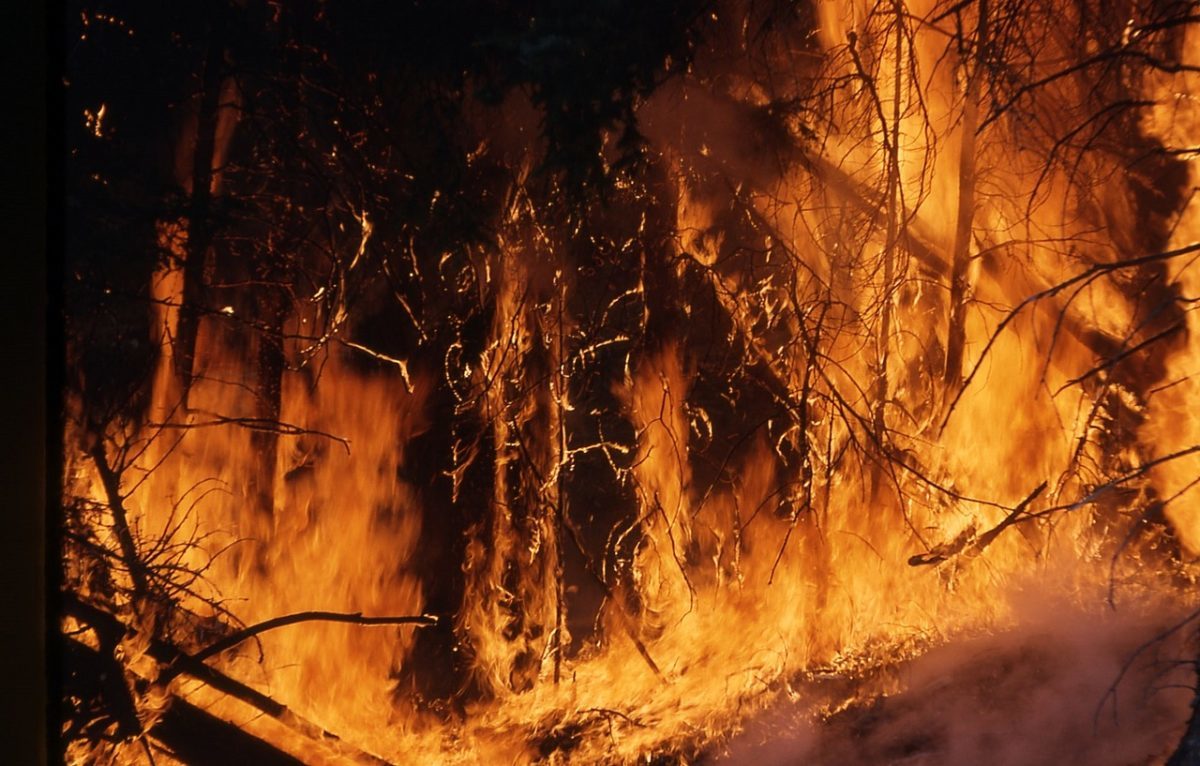The Intergovernmental Panel on Climate Change (IPCC) has delivered the conclusions of its most comprehensive climate report yet, and the news is as stark as it is sobering.
According to the Sixth Assessment Report, global warming is likely to increase to 1.5C by as early as 2030, a projected increase on our current trajectory that will see more erratic and unprecedented climatic effects upon sea levels, wildfires and droughts. United Nations (UN) secretary-general Antonio Guterres described the report as a “code red for humanity”.
According to the ABC, Guterres went on to say that the report “must sound the death knell for coal and fossil fuels, before they destroy our planet.”
For Australia in particular, the report is unflinching, with warming having already reached 1.4C. Australian National University Professor Mark Howden, Director of the ANU Institute for Climate, Energy and Disaster Solutions and also a Vice-Chair of the IPCC and a contributing author to the report, said the global temperature increases could climb as high as 5.7C this century.
“The more we know about climate change, the more we should be concerned,” said Howden. “This report is another clear and loud alarm bell. It makes clear the impacts of climate change are accumulating almost every day; we’re already seeing worsening temperature extremes such as marine heatwaves that cause coral bleaching and heatwaves on land with dangerous consequences for human health.”
“Reducing emissions from the 2020s onwards and reaching net zero before the 2050s is really our best chance at keeping temperature increases below 1.5C,” continued Howden. And the Pacific region could be one of the worst hit.

Image: ANU
“Fortunately,” said Howden “there are many emerging opportunities to reduce greenhouse gas emissions. This includes transitioning to 100% renewable energy as rapidly as possible, decarbonising transport, reducing emissions from agriculture, and drawing down and storing atmospheric greenhouse gas emissions.”
The Clean Energy Council (CEC) says that we have the renewable energy resources today to push for rapid decarbonisation. CEC chief executive Kane Thornton says the IPCC report “could not be more explicit about the urgency required to cut carbon emissions, and the clean energy industry is ready to continue doing the heavy lifting.”
“Australia has tremendous potential to produce low-cost electricity from renewables which can power the country and the world,” continued Thornton, “and we must lean into the clean energy transition, not seek to hold back the tide. When the upside of taking action is so good for jobs, the economy and the environment, why would we delay?”
“Australia is in an enviable position to be able to harness the power of clean energy resources,” concluded Thornton, “providing a pathway to turning our reputation as a climate laggard around.”
This content is protected by copyright and may not be reused. If you want to cooperate with us and would like to reuse some of our content, please contact: editors@pv-magazine.com.









1 comment
By submitting this form you agree to pv magazine using your data for the purposes of publishing your comment.
Your personal data will only be disclosed or otherwise transmitted to third parties for the purposes of spam filtering or if this is necessary for technical maintenance of the website. Any other transfer to third parties will not take place unless this is justified on the basis of applicable data protection regulations or if pv magazine is legally obliged to do so.
You may revoke this consent at any time with effect for the future, in which case your personal data will be deleted immediately. Otherwise, your data will be deleted if pv magazine has processed your request or the purpose of data storage is fulfilled.
Further information on data privacy can be found in our Data Protection Policy.